A Guide to Using Monofilament Thread
Also called invisible and nylon, monofilament thread is exactly that—one long filament, rather than small pieces twisted together. Even though it is often called nylon thread, it can also be made of 100% polyester. Monofilament thread is used in places where you want the thread to be invisible or as inconspicuous as possible. In general, it’s for any project where you want the thread to disappear. I quilted the fabric below stitching randomly placed lines of overlapping serpentine stitches (#1398 on most current BERNINA models). When using monofilament thread, the emphasis is on the texture created by the indentations of the stitches, rather than the thread.
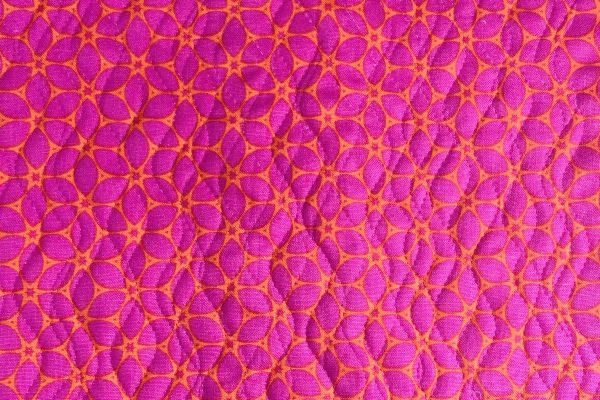
Where to Stitch with Monofilament Thread
Monofilament thread is great for stitch-in-the-ditch quilting so if you accidentally miss the ditch, your stitching will not show. It’s also good for free-motion stitching where you want the stitched texture, and not the thread, to show on your project. If you are quilting a multi-colored quilt, the monofilament is perfect because it blends with everything. Invisible applique is also a technique for using this thread, as it truly does make it invisible.
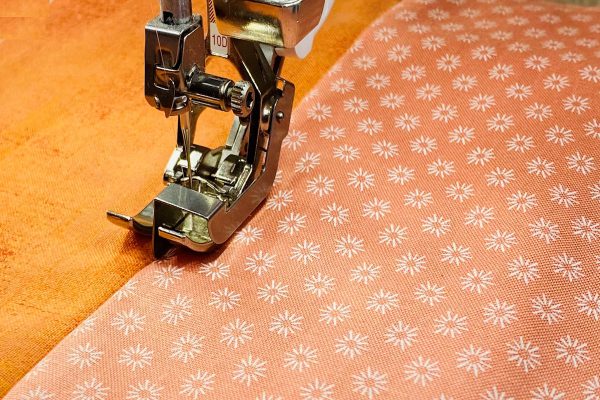
How to Select Your Thread
Historically, monofilament thread has presented challenges and frustration when using it for sewing machine stitching. It was thick and resembled a fishing line, creating stitching problems for most sewing machines. However, today’s monofilament threads are very fine (size .004 or less), soft and pliable. Even though it is strong when stitched into the fabric, this thread should be easy to break as you pull it from the spool. Monofilament thread comes in two colors, clear for most fabrics and smoke, for darker fabrics. You have several choices, including brands such as Wonder Invisible by YLI, Transfil by Mettler, MonoPoly by Superior, and Sulky Invisible. You definitely want to use a brand-name monofilament thread and not something you pick up at a discount or variety store, even if it says it can be used for sewing machines.
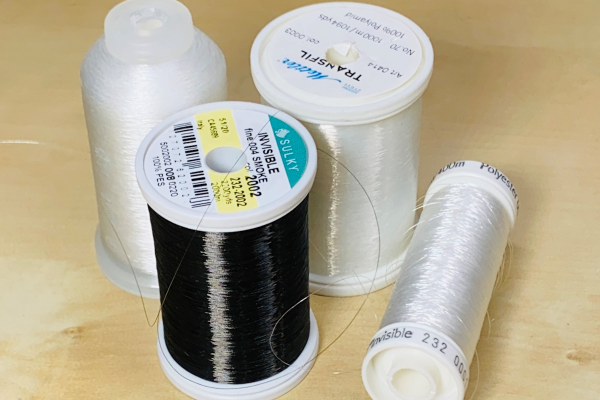
How to Use Monofilament Thread
When sewing with monofilament thread, use a 60-70 weight needle because of the fineness of the thread. You’ll want the needle to have a sharp point, such as a Microtex needle. The bobbin thread can be almost anything from lightweight bobbin thread to a 50-wt. cotton thread. You may even use monofilament thread in the bobbin. If you do, wind the bobbin at a slow speed to keep it from stretching.
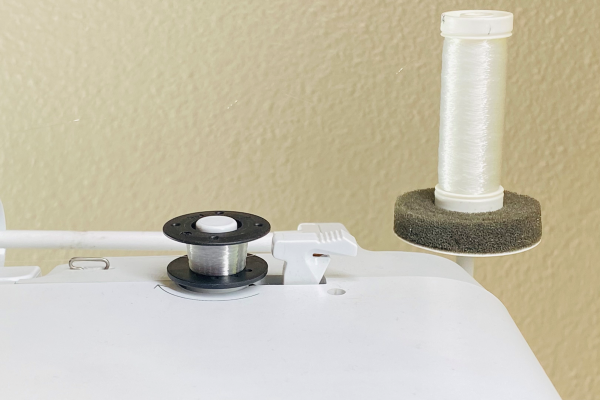
How to Adjust Tension for Monofilament Thread
If using monofilament thread in both the needle and the bobbin, there should be very few tension issues. When using cotton or polyester thread in the bobbin, you may need to loosen the needle tension slightly for quality stitching. Loosen the needle tension in small increments and test the stitch to see if it is what you want. Keep adjusting and testing until the stitch has the correct tension.
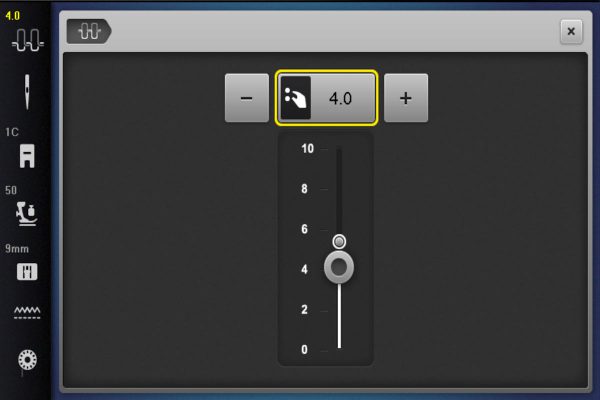
How to Thread Your Machine
Most monofilament threads are wound on the spool in a stacked formation. This means the thread should be set on the vertical spool pin with the foam pad under it so it can spin, feeding the thread without twisting. If it is a cross-wound cone, use a thread stand behind your machine and the thread will feed up without twisting. If the thread is pooling at the bottom of the spool, cover it with a thread net and pull the thread up and out of the net. Once you have the spool in place, you can thread the machine as usual except for the needle. Because of the fineness of the thread, it is usually easier to thread the eye of the needle manually, rather than use the needle threader.
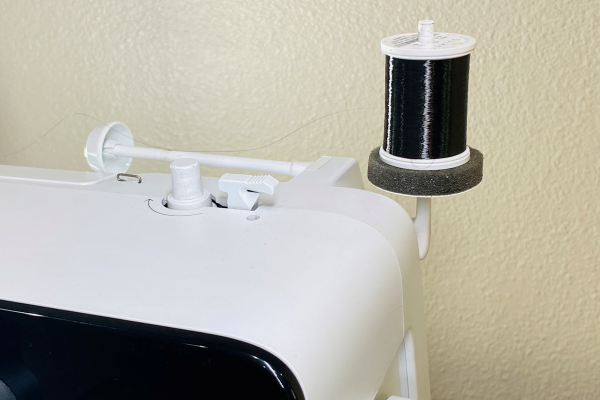
Recommended BERNINA Presser Feet
Typically, monofilament thread is used with a straight stitch. There are several presser feet that work well with this thread. An all-purpose foot, such as Reverse Pattern Foot #1/1C/1D is a good choice.
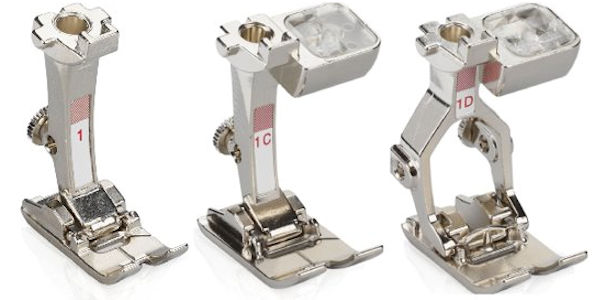
Another option is Reverse Pattern Foot with Clear Sole #34/34C/34D. This presser foot is a variation of Foot #1 with a clear sole that lets you see the fabric and stitching are under the foot.
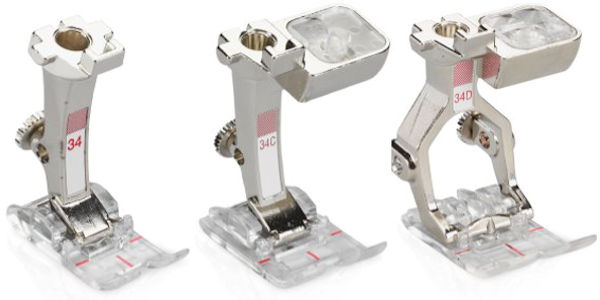
You can also use monofilament thread for free-motion stitching. Quilters often use it when they want to show texture, rather than stitches on the quilt. Any of the BERNINA free-motion presser feet such as Free-motion Embroidery Foot #24, Quilting Foot #29 and Echo Quilting Foot #44C can be used when stitching with monofilament thread.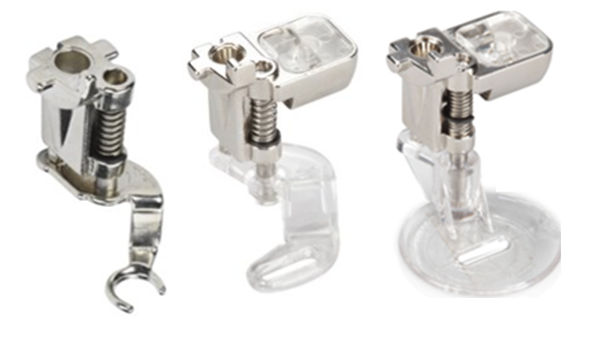
If you are sewing with monofilament thread on a BERNINA 8 Series machine, you will not thread your machine in the usual way. Check out a few tips for threading your BERNINA 8 Series machine with monofilament thread on WeAllSew.
What you might also like
6 comments on “A Guide to Using Monofilament Thread”
-
-
Hi Rebecca! We are sorry to hear you are having issues with your machine. Please connect directly with our Technical Support team here: https://bit.ly/BERNINAlimitedtechnicalsupport
-
Hey, just wanted to follow up — I am having zero issues with my awesome Q24! I finally remembered that BERNINA Ambassador Lisa Calle uses Aurifil nylon invisible monofilament in her Q24. When I tried the nylon monofilament instead of the polyester monofilament without changing anything else on my machine, all of my issues immediately magically disappeared! Gorgeous stitch quality on both sides of the quilt, no skipped stitches even after speeding Q-Matic back up to normal and going down a needle size for smaller holes in the quilt. I’m amazed that I would get so much more needle deflection with polyester monofilament compared to the nylon version. I always thought of these two threads interchangeably before but will be sticking to the nylon monofilament on my Bernina long arm from now on.
-
-
-
I have used Wonder Invisible by YLI for many years on my Bernina 560 and even for quilting designs on my Bernina 700. My “trick” is the Superior thread holder with a small piece of nylon net over the spool. It “tames” the thread and allows it to be fed evenly into the machine.
-
With the suggested combination of needle/bobbin thread/tension, I was finally successful with my quilted project. I used Wonder Invisible by YLI and 40 wt. Mettler embroidery thread in the bobbin. This resulted in completely trouble-free stitching. Thank you for this valuable information.
-
Has anyone had trouble with Sulky Poly Monofilament (Fine .004) in the B530?
I have tried everything I know of to prevent the thread from breaking mid-stream. I’m using the vertical spool, #70 needle, #1 foot, longer stitch length and I have tried top thread tension from 0-4 with no luck whatsoever. Any tips or tricks would be SO appreciated.
Leave a Reply
You must be logged in to post a comment.
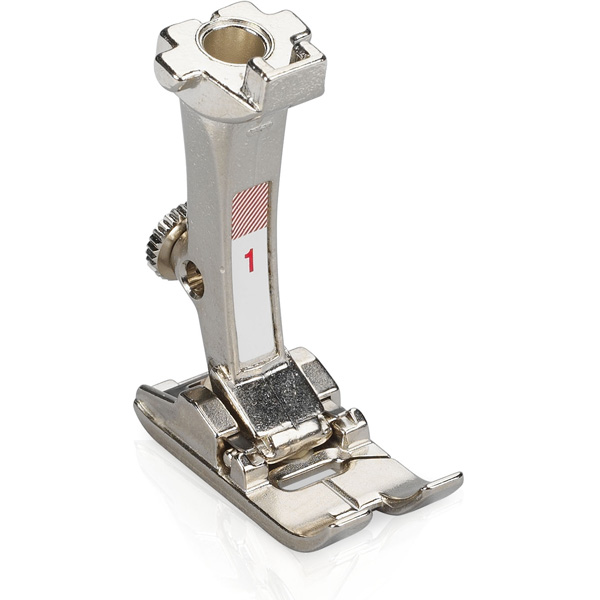
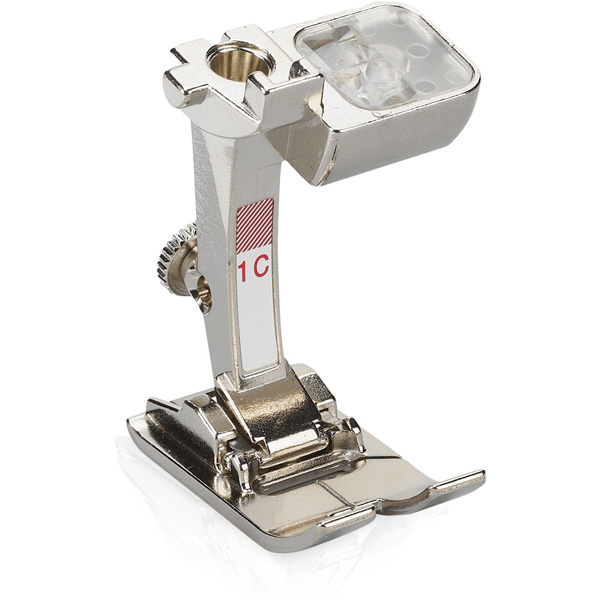
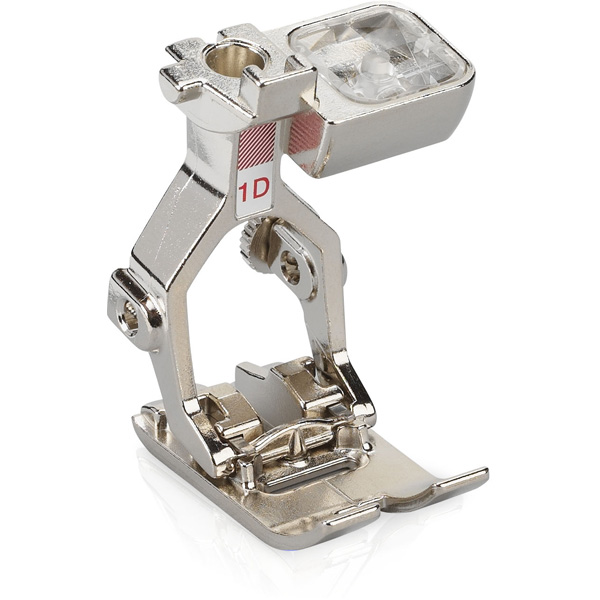
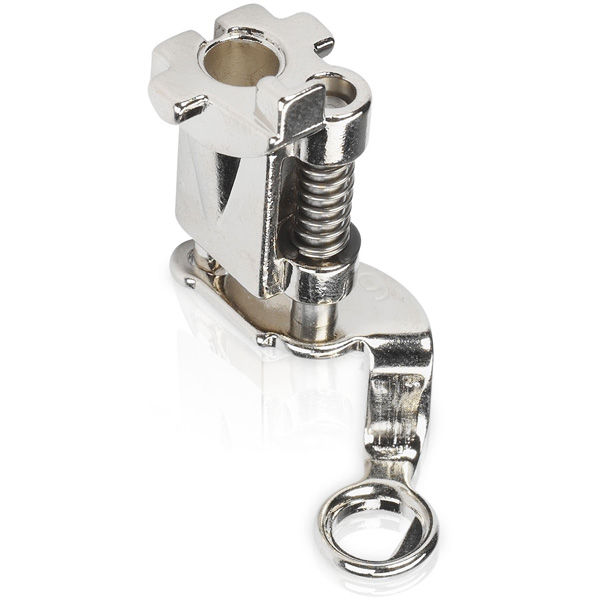
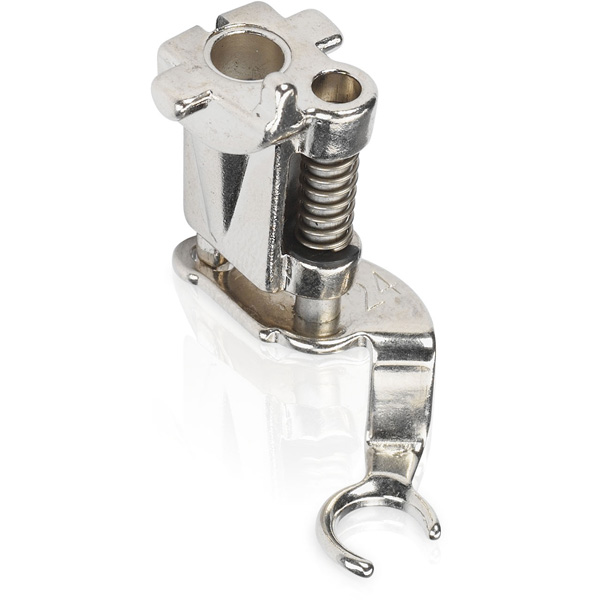
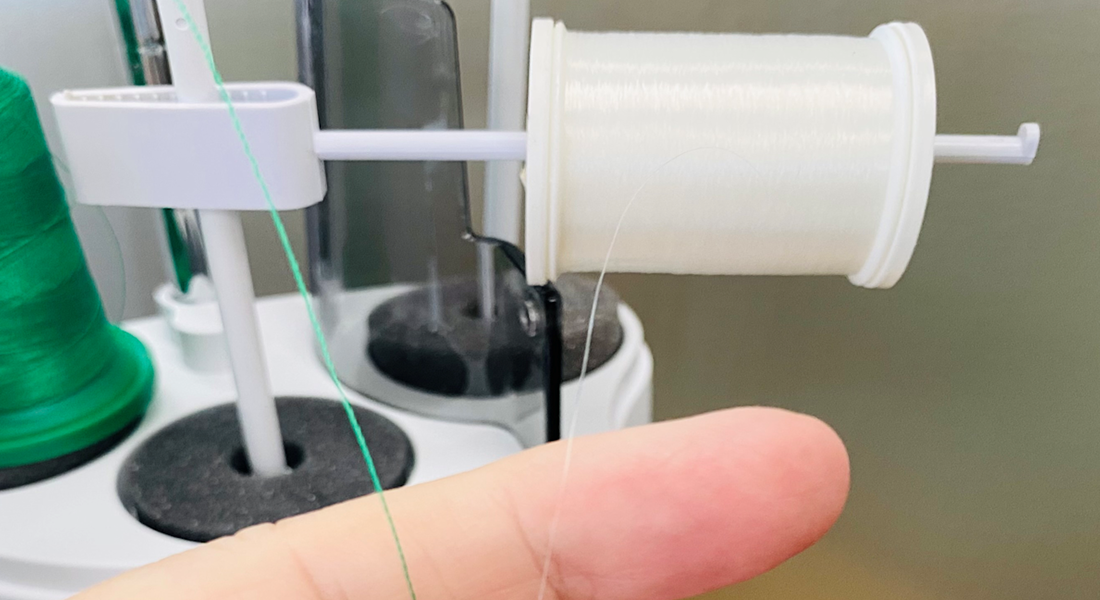
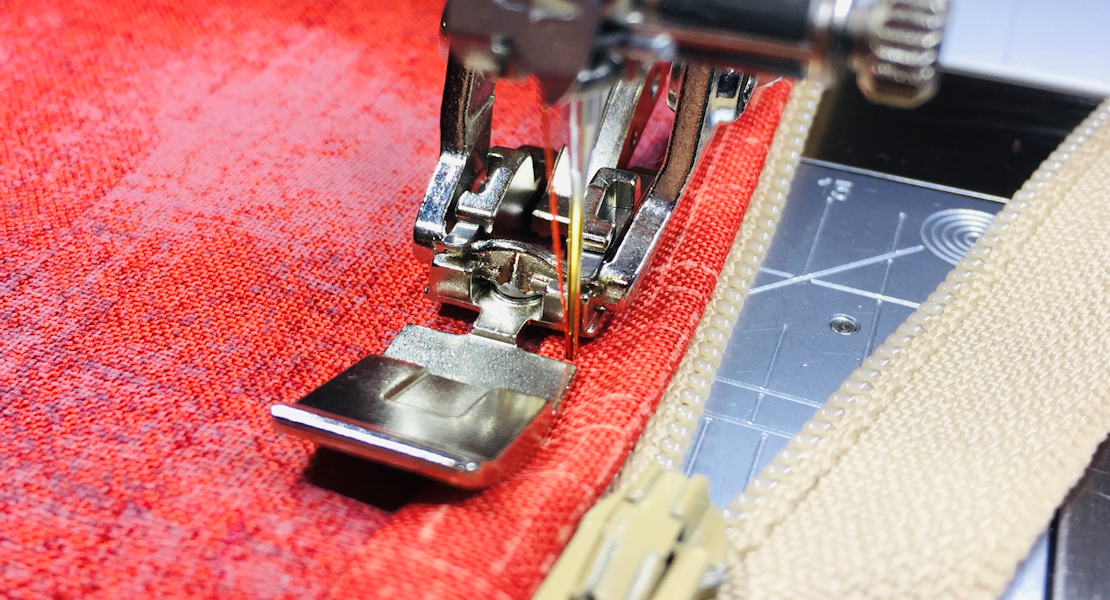
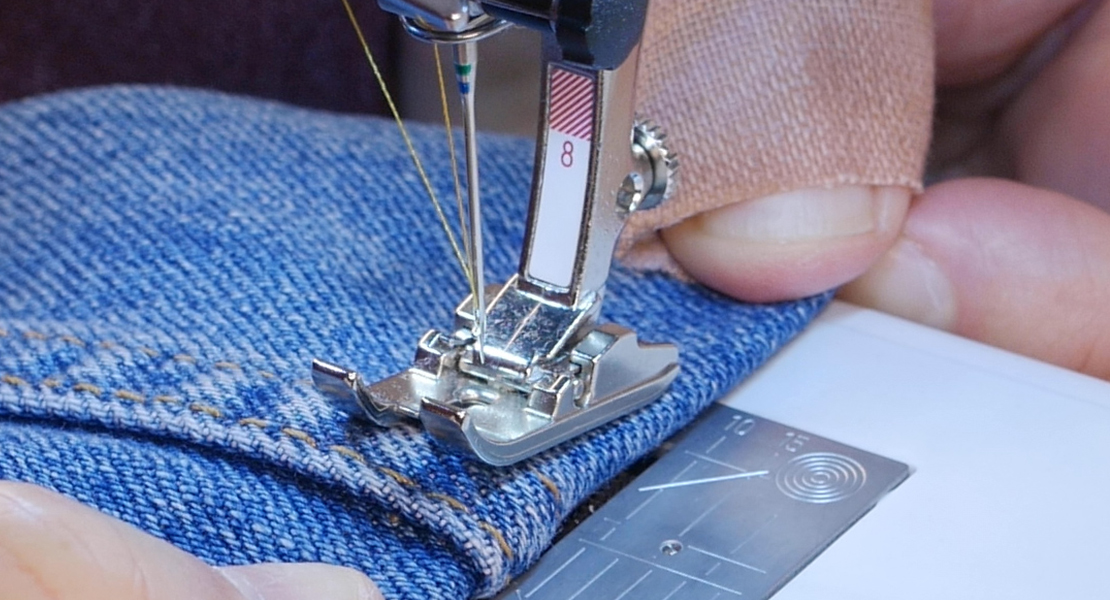
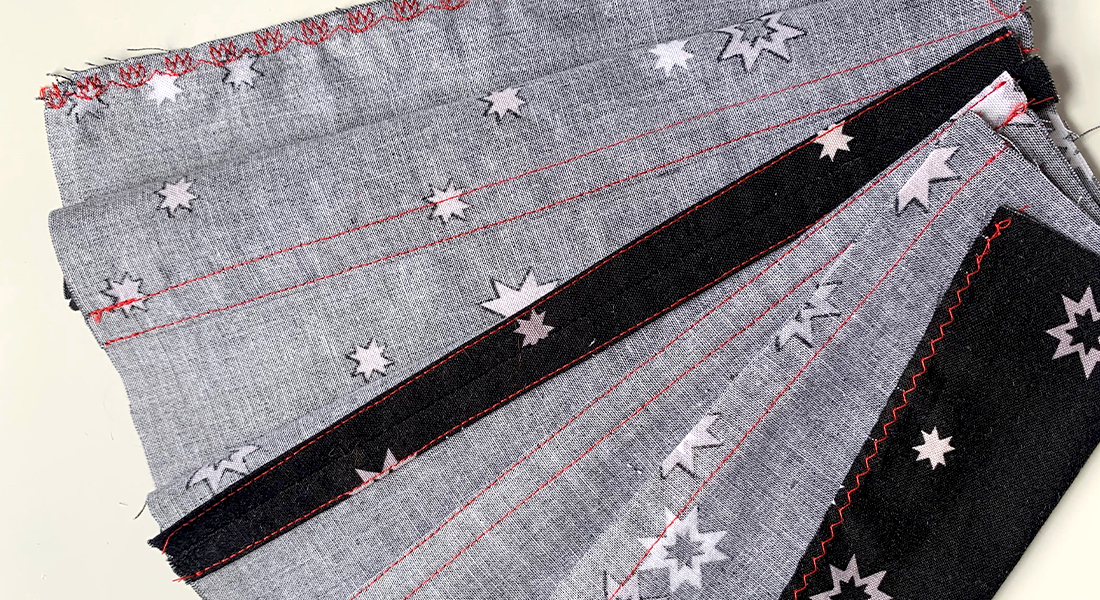
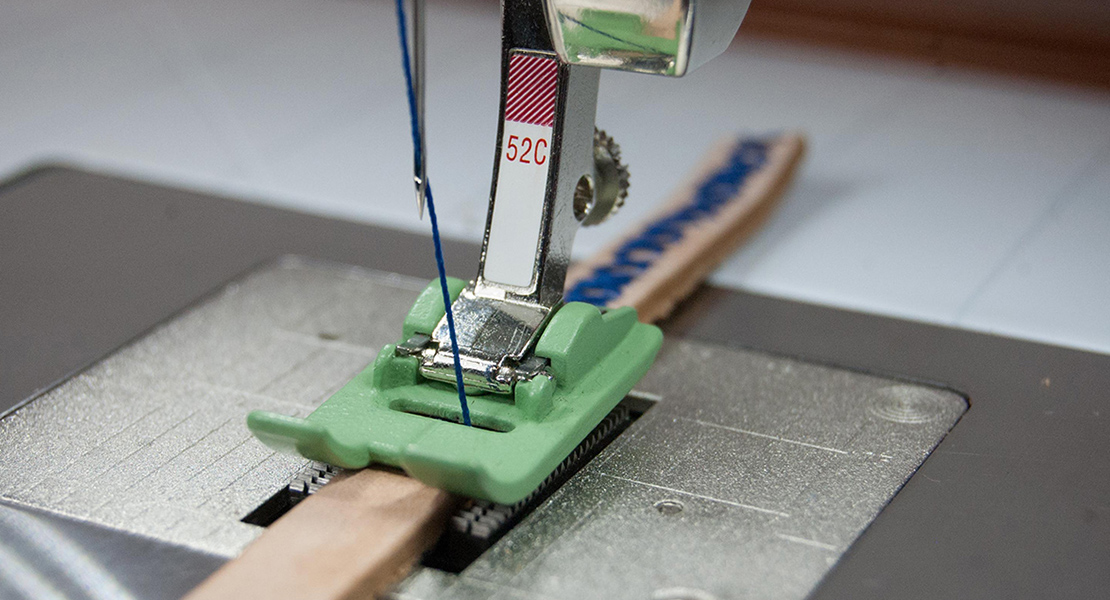
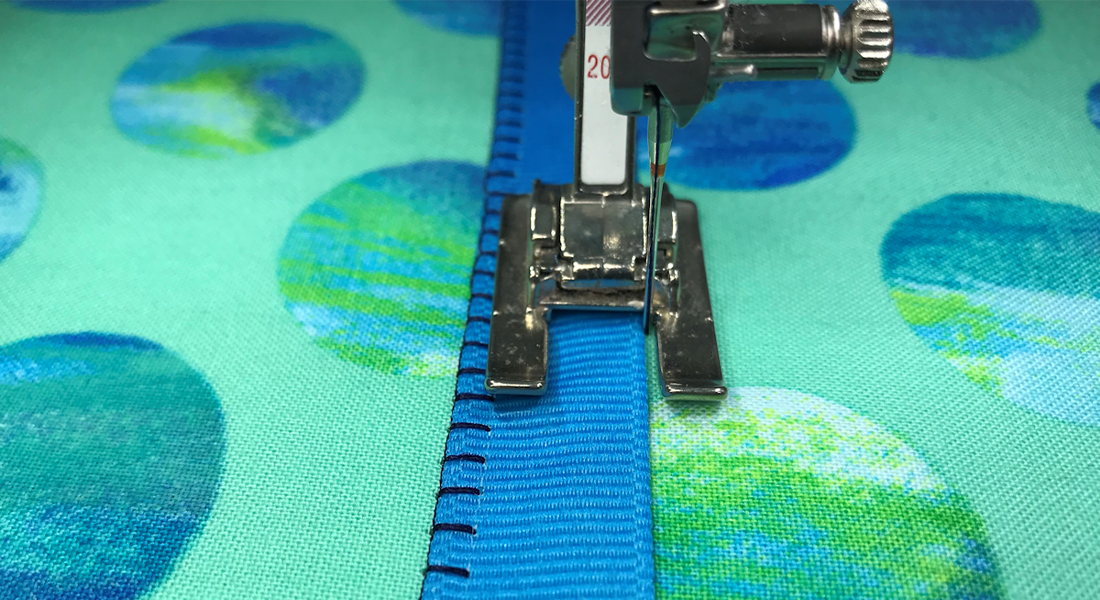
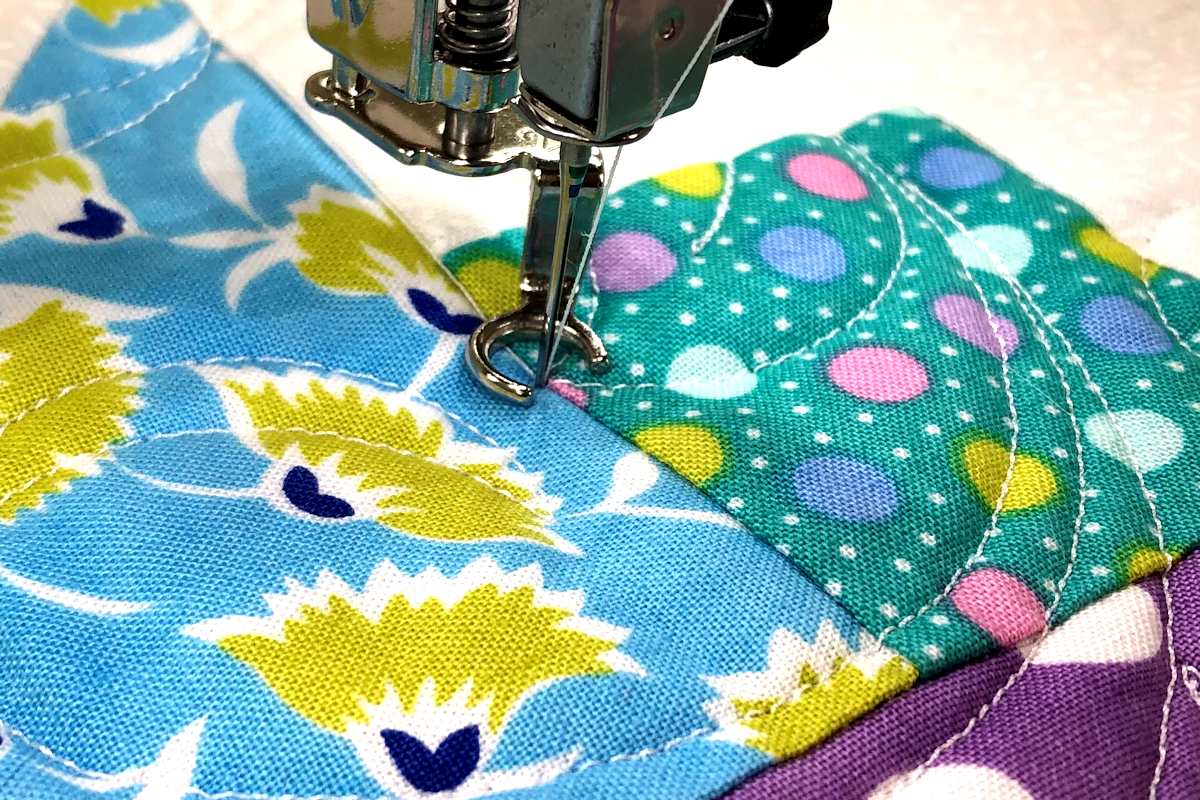
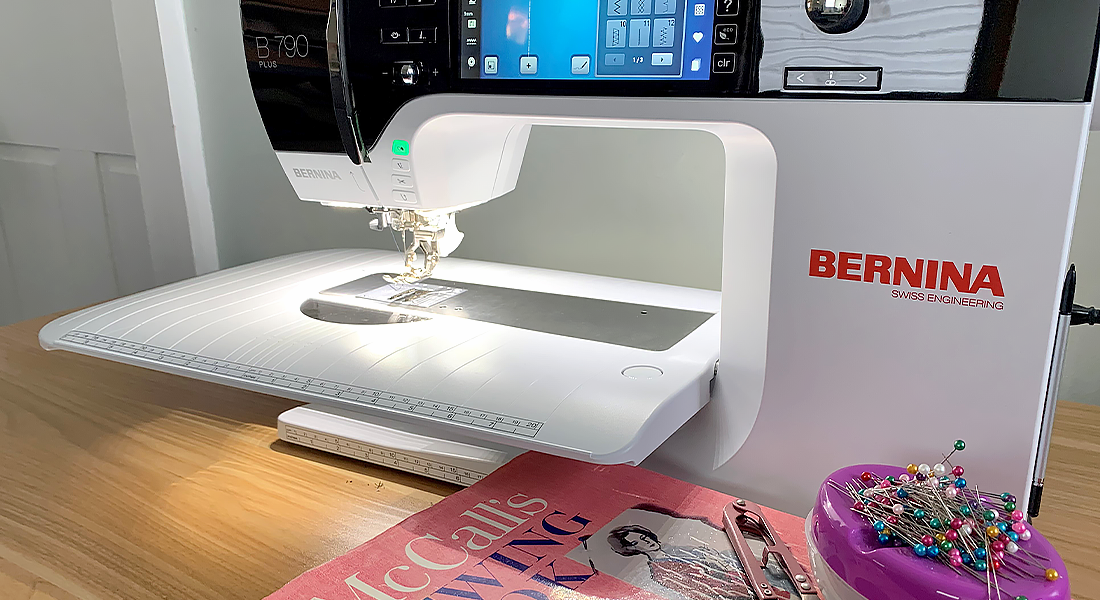
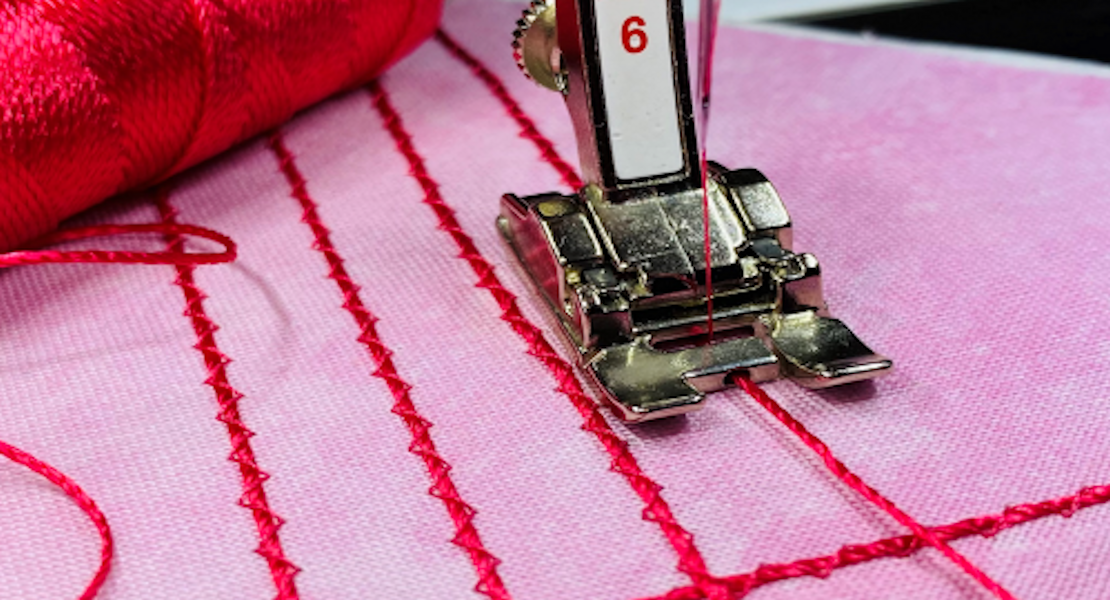
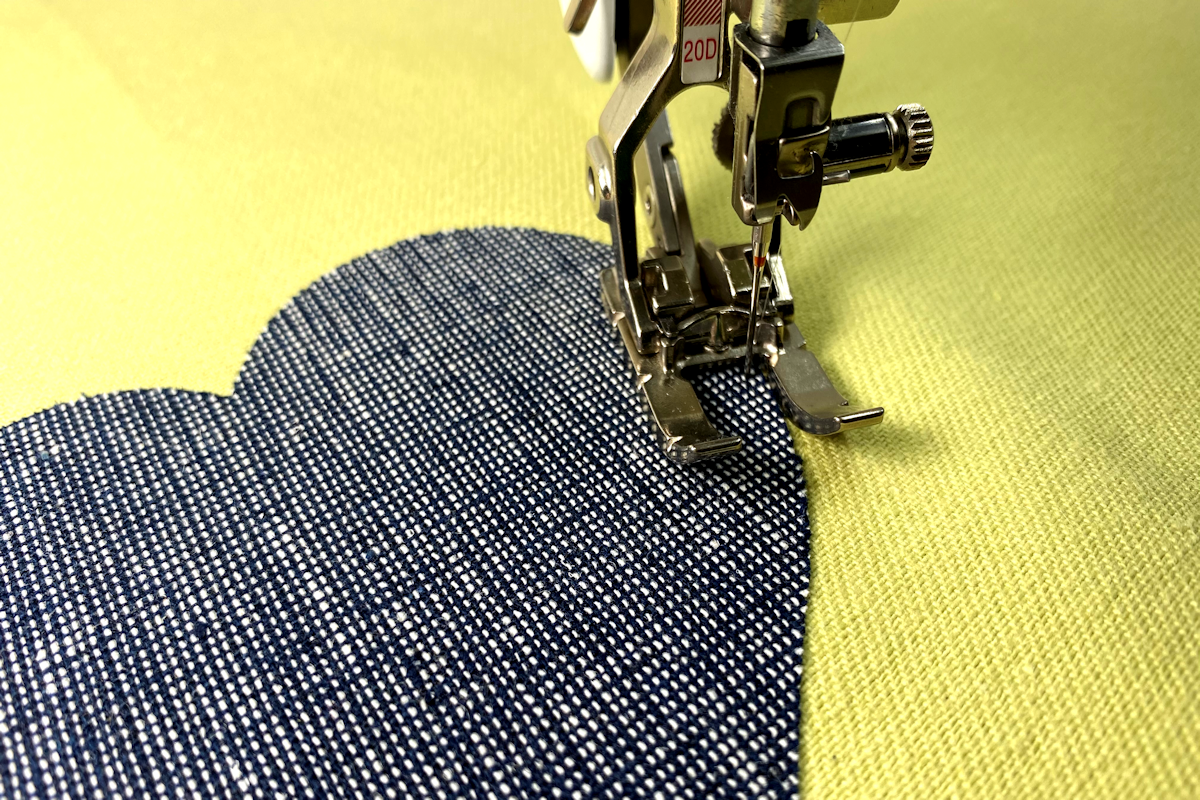
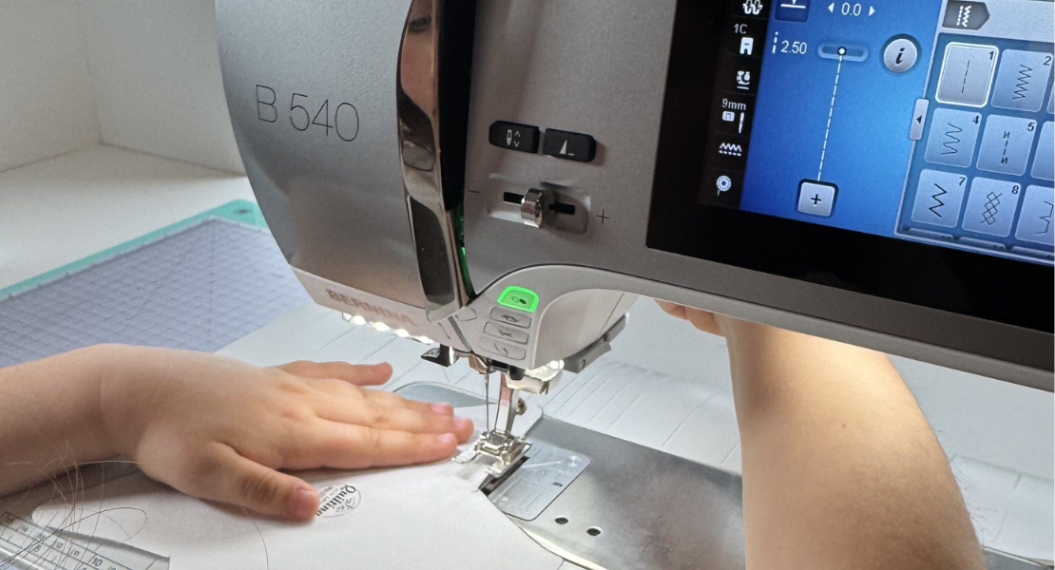
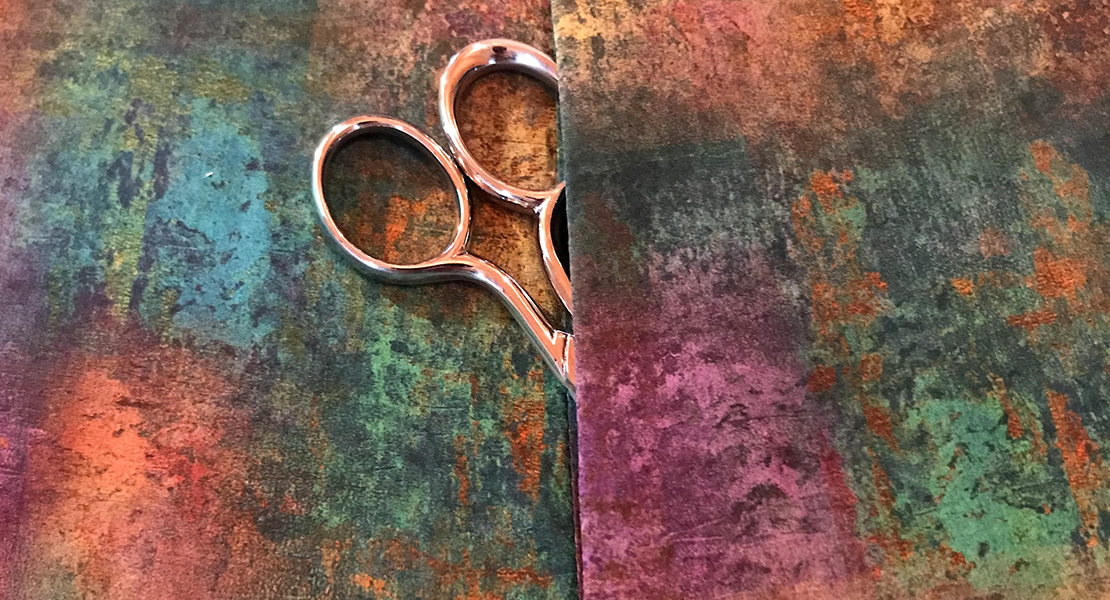
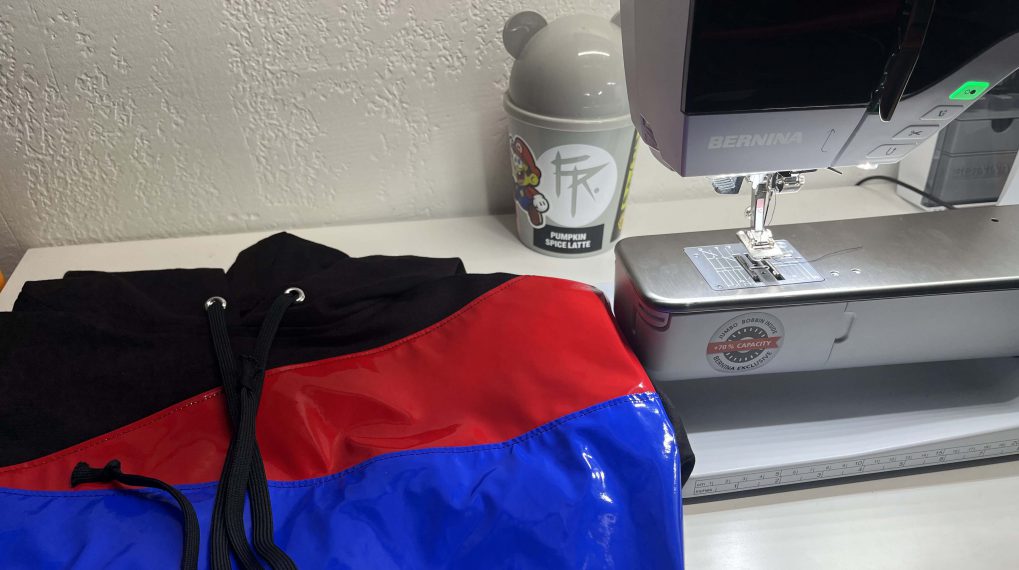
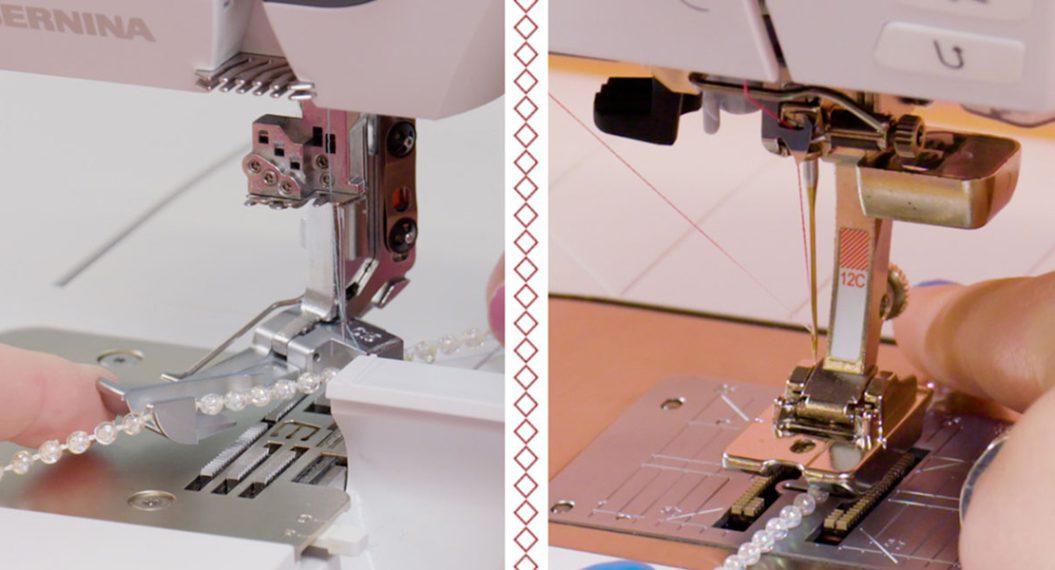
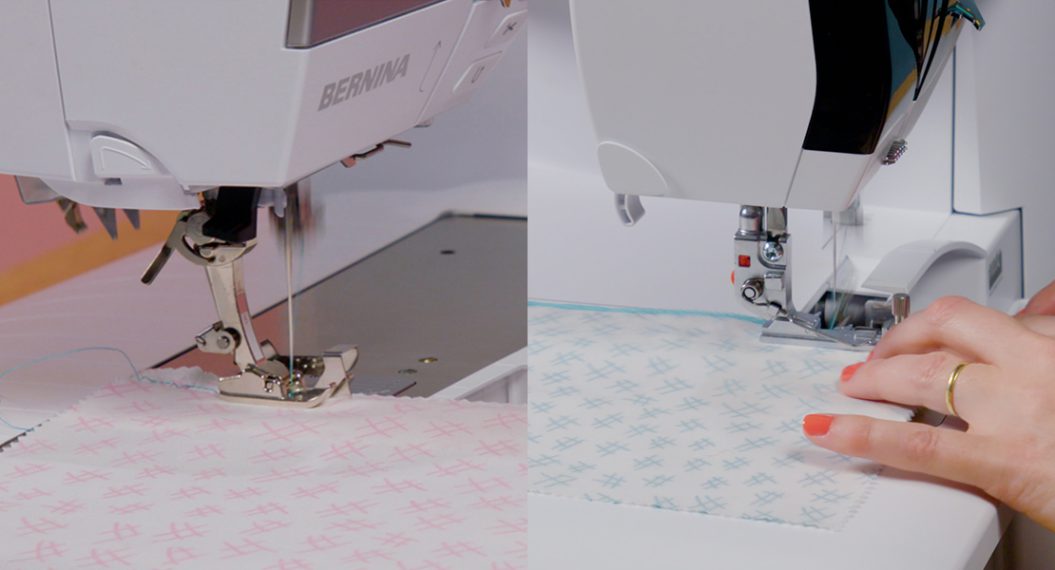
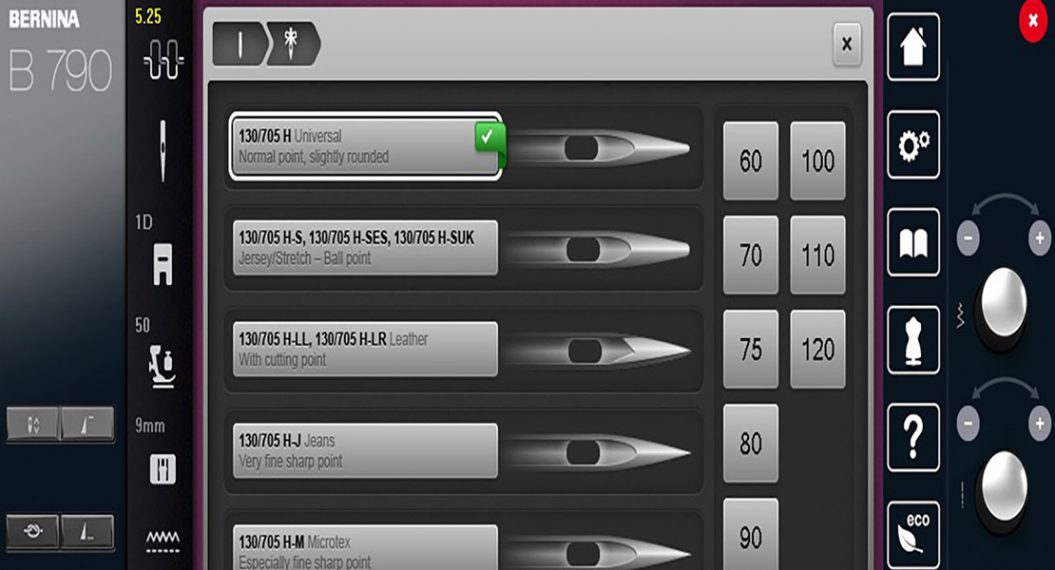
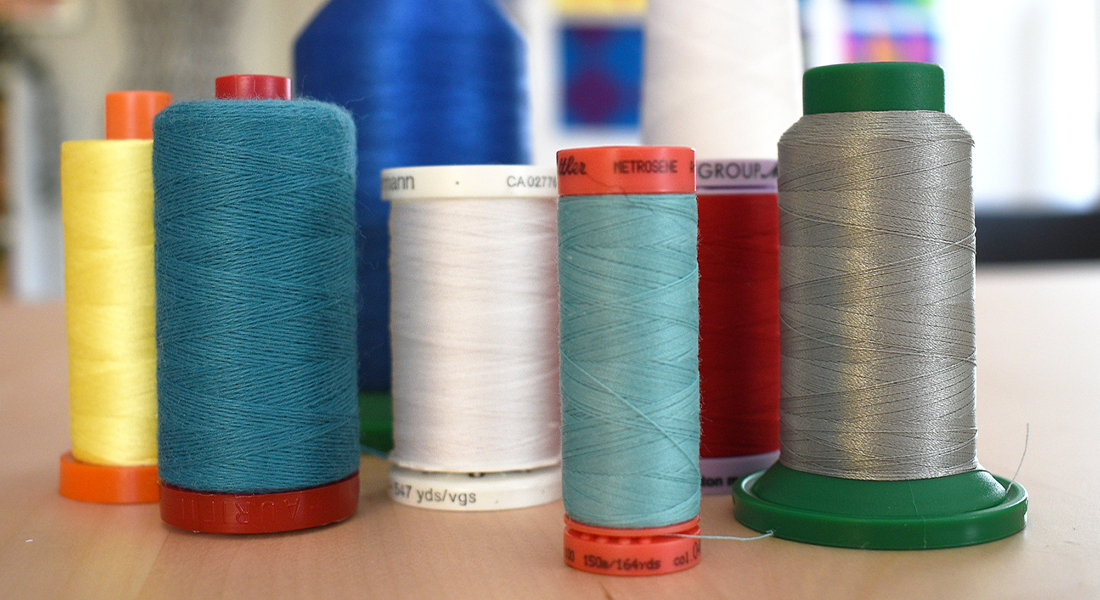
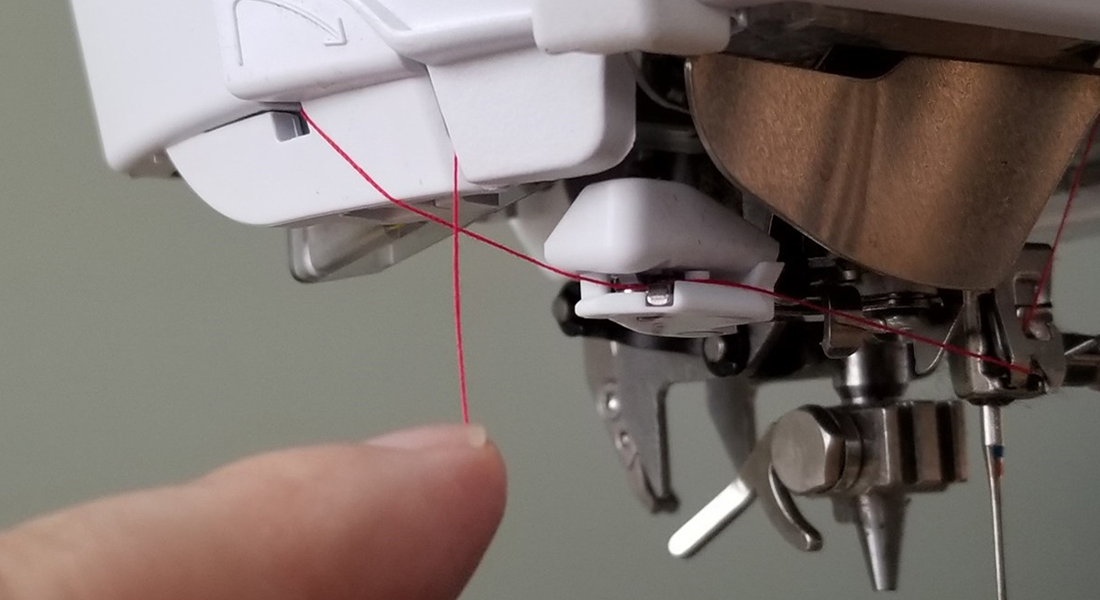
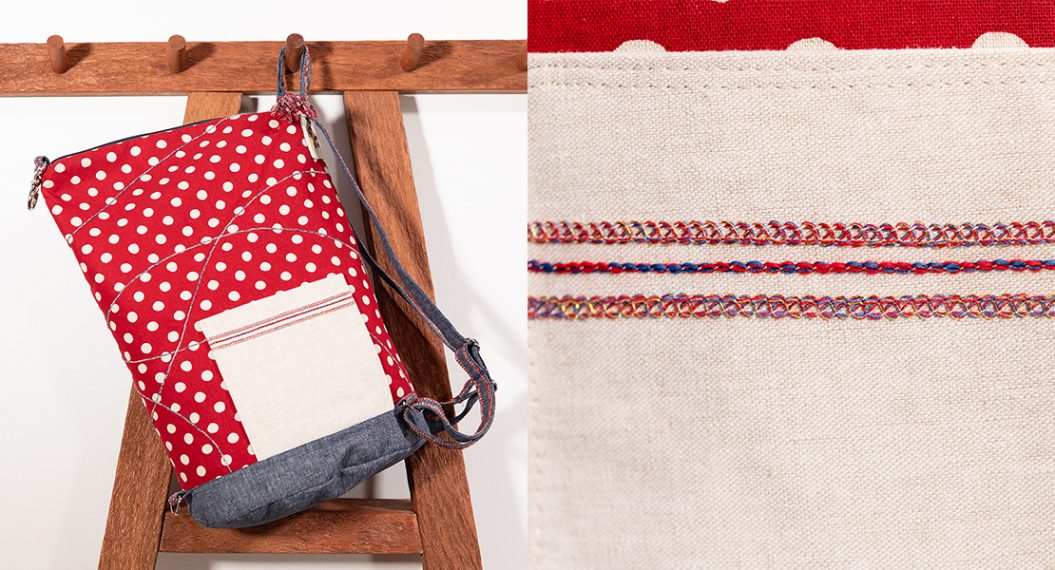
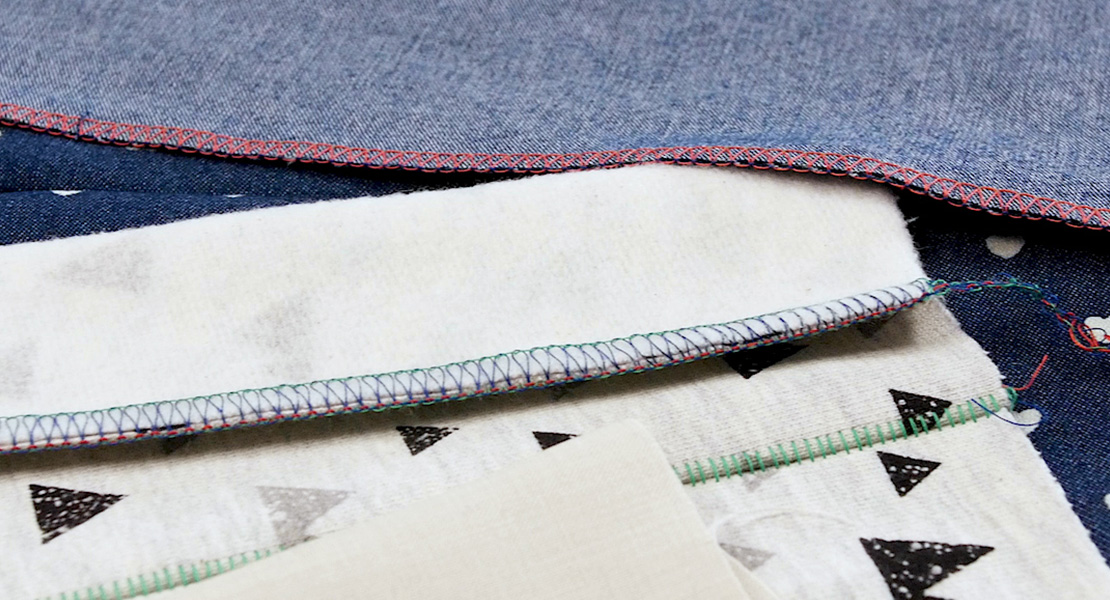
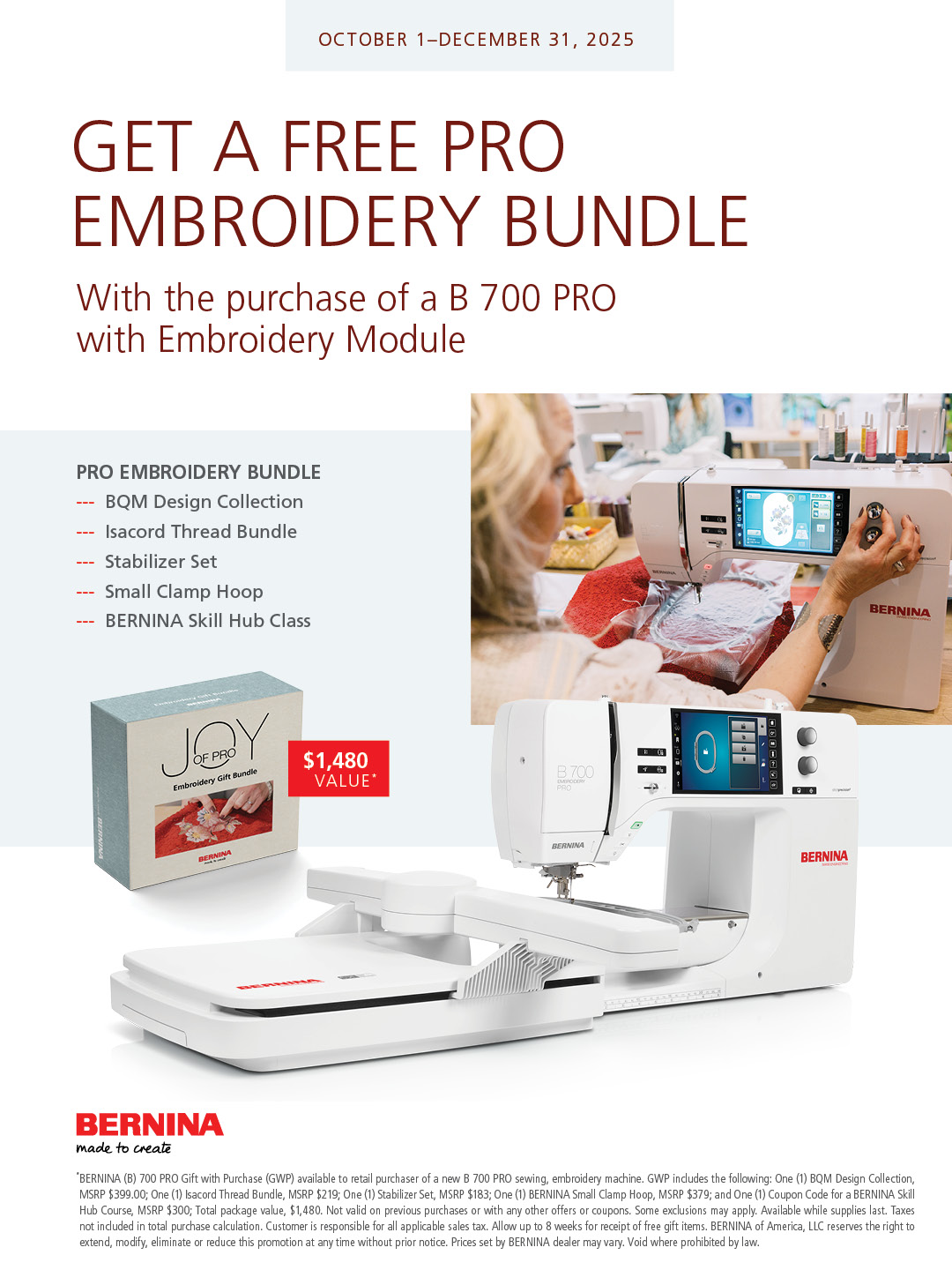
I’m experiencing skipped stitches on my Q24 when quilting with Superior’s Monopoly monofilament thread. My tension is perfect (MagnaGlide Classic 60 wt thread in my bobbin set to 220 per owner’s manual, upper tension 1.5) and I’m not having issues with thread breaking or anything else that would suggest a tension issue. There are needle penetrations through the quilt sandwich where the stitches were skipped, so it’s not a problem with my stitch regulator. The skipped stitches have happened every time I’ve tried to quilt with monofilament with this machine, on multiple quilts with different fabric/batting combos, and it happens when I’m using Q-Matic to stitch E2E as well as when I’m doing hand-guided ruler work for SID. I do not experience problems with skipped stitches with any other kind of thread, and I use ALL the threads — So Fine, Glide, King Tut, YLI, Omni, Bottom Line, etc all stitch perfectly in my machine. I’m pretty sure the skipped stitches are due to a poor pairing between the needle and the skinny 100 weight monofilament thread, either the thread swimming in a too-large eye and missing the hook to form a stitch, and/or a too-skinny needle flexing away from the hook to miss out on forming a stitch when the machine in certain directions (esp when stitching diagonally towards the back of the frame and to the left, like stitching from 7-10 PM if the quilted circle was a clock face). Here’s what I have tried: 90 Universal (mostly okay but some skipped stitches), 80 Universal (WAY more skipped stitches), 90 Quilting (skipped stitches), 100 Jeans (skipped stitches), slowing Q-Matic speed way down to about 15% of full speed (still skipped stitches), reducing upper tension even further to 1.25 (no difference noticed; still skipping stitches), increasing stitches per inch from 10 to 11 (still skipped stitches and now they are harder to unpick)…. I know people can and do use monofilament thread successfully in Bernina long arm machines. What is the secret that I’m missing? Which needle works best with monofilament thread in Bernina frame mounted long arm machines? I know I used a 3.5 industrial needle with monofilament in my previous APQS long arm and that’s the equivalent of a size 100/16 domestic needle, but that just seems enormous for a skinny monofilament thread, especially when my Q24 sews so beautifully with much beefier 40 wt threads in that needle size. Is there a needle type that has a stronger, less flexible shaft even in smaller sizes for skinny threads?